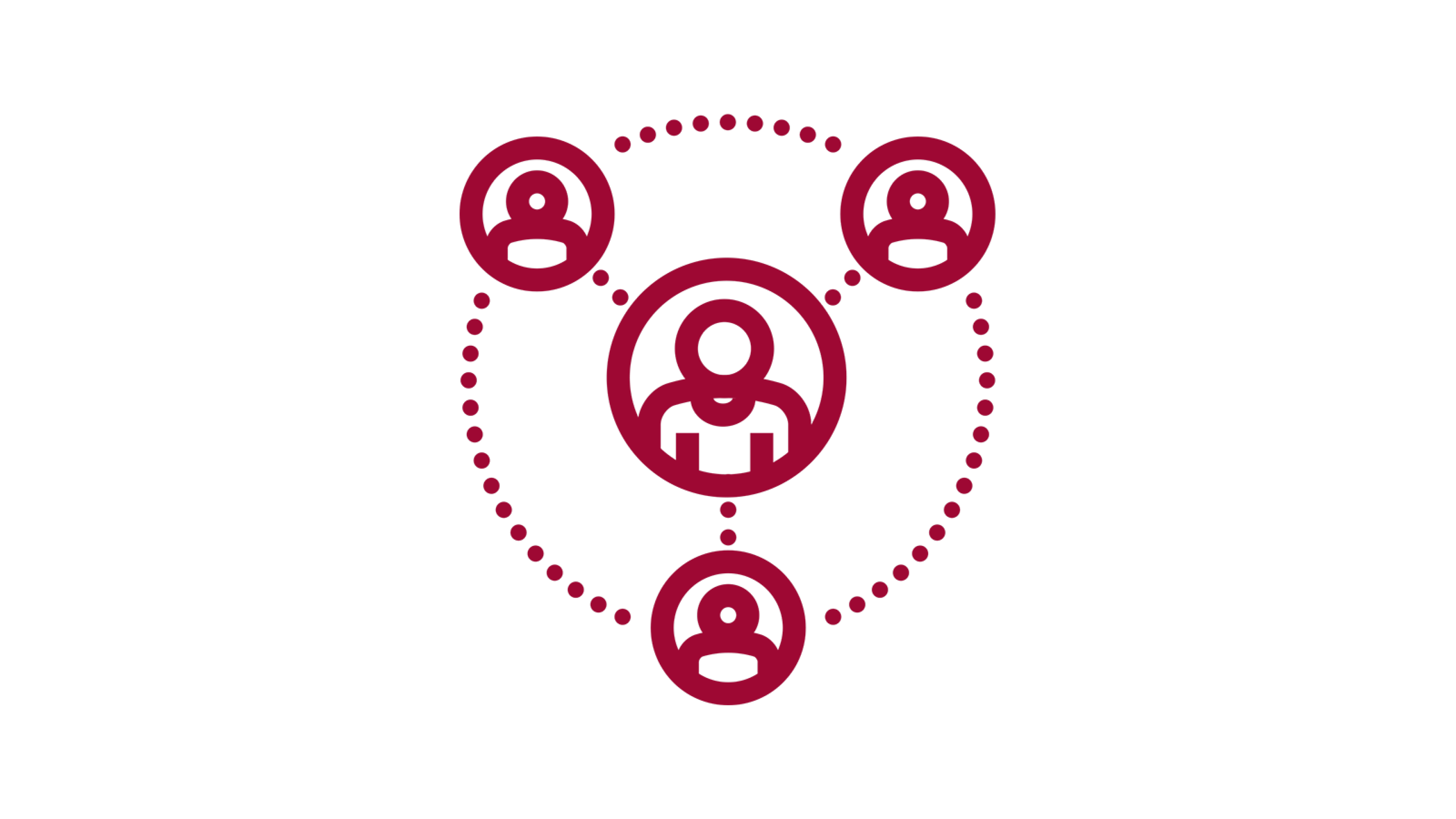Many companies are continuing to accelerate their digital transformation in response to the coronavirus pandemic. All too often, technology makes the working day more complicated. Businesses should use digitalisation in a way that makes the employee experience more seamless and personalised. Those that do will be in a much stronger position to retain talent.
Since the start of the pandemic, lockdowns across the world have meant people and businesses have become increasingly reliant on technology. Indeed, many businesses are investing in automation and AI to cover tasks that cannot be done remotely – 67% of 800 companies surveyed by McKinsey said they had accelerated automation and artificial intelligence. A third of those surveyed said they had also digitalised aspects of their supply chains.
For lots of businesses, these investments will remain in place long after the pandemic passes. By reducing workflows and minimising room for human error, they can bring significant cost savings.
In spite of this, employees say that digital processes can have a detrimental effect on their work and actually inhibit their productivity. A Deloitte study found that 70% of employees find themselves inputting the same data into multiple systems. It is thought that people use an average of 11 different systems in a working day. Understandably, employees find that using lots of siloed systems at work triggers frustrations and leaves them feeling disengaged.
Digitalising the entire employee experience
Digitalisation has the potential to revolutionise the way we work. More people can look forward to having a more flexible working structure, and businesses can benefit from wider profit margins.
But to make the most of the opportunity, businesses need to create a seamless employee experience. By linking complementary tools, such as payroll with HR functions or sales with communication systems, employers can remove unnecessary frustrations and increase productivity. And we believe the benefits of approaching digitalisation in a more human-centred way run even deeper.
Bringing teams together
Many businesses are already seeing the benefits of supporting collaboration through digitalisation. The McKinsey survey found that 85% of businesses have accelerated digitalisation of interaction and collaboration tools, such as video conferencing and filesharing platforms. However, simply having these tools in place is not enough. Delayed connections, freezing videos and issues with file sharing will lead to frustrations and hamper people’s ability to work from home (which surveys suggest is likely to be more common post-pandemic). Businesses that ensure those working from home and those in the office enjoy the same digital experience will be in a better position to offer flexible working as a viable option.

It is not just remote workers that benefit from digitally supported collaboration. Platforms enable larger companies with multiple offices, many in different countries, to bring teams together and create a more unified workforce. They can also speed up workflow management, giving everyone access to their colleague’s schedules and showing progress on projects in real-time. This in turn minimises the need for multiple meetings, enabling people to work together but also to have the time they need for focused thinking.
Empowering minds
Menial tasks take up a significant proportion of a typical worker’s day. Surveys found that UK workers believe they spend as many as 142 minutes a day – accumulating to 15 weeks a year – on ‘pointless’ tasks such as admin, paperwork and meetings they do not need to attend.
A digitalised employee experience that reduces these tasks, without adding complexity, can help people do their jobs quicker and better. Employees also have more time to focus on tasks that require deeper thinking. Given that workers are four times more likely to stay in jobs that offer a better experience, it is important for businesses to address technology setbacks if they are to retain top talent.
Businesses can also use their digitalised employee experience to better engage people. The onboarding process, for example, can be cut down by requiring just one or two points of contact for everything from getting set up on their laptop and notifying payroll to booking holiday days and accessing employee benefits. With fewer systems to interact with, it is quicker to train new employees so they can start adding value straight away.
Personalising the employee experience
Just as businesses work towards creating a personalised customer experience, they can also personalise the employee experience to better engage staff. Over 75% of UK employees believe technology is critical to providing a personalised experience.
McKinsey explains that by digitalising the employee experience, businesses can gather data on processes that frustrate staff, the tasks that most engage people, and the styles of working that people prefer. These insights allow businesses to segment their employees based on real needs, rather than basic data such as age and pay grade. Armed with this knowledge, they can deliver tailored support based on what each individual needs.

Employers that go one step further to personalise their employee benefits will create a more holistic experience that supports people in and out of work. A key aspect of personalisation is accessibility. People need to be able to freely access their benefits to select the support they most need in order to fully engage with their benefits package. As more people work remotely, this will only become more important.
Start with people – the key to digital ROI
For lots of businesses, digitalisation has become something they ‘must’ do in order to survive. Many were forced to act on progress that was once not a business priority or was believed to cause too much of a shock to ways of working. Despite these concerns, employees around the world have shown how quickly they can adapt to new processes. But ensuring digitalisation has a positive business outcome depends on the usability of the tools.
As businesses increase their spend on digitalisation, it is therefore crucial that they focus on experience rather than capability. Doing so will increase productivity, remove unnecessary frustrations, and free up time for deeper thinking. Businesses that realise these benefits will find that their return on investment is not just saving on costs but retaining their best talent.



